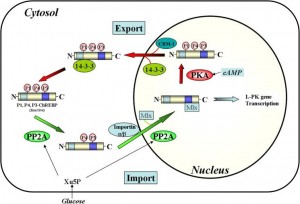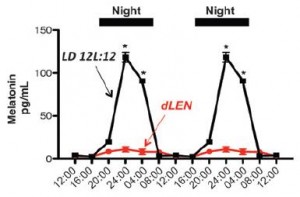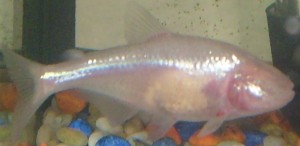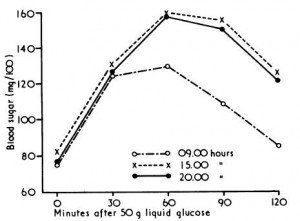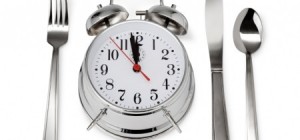Vitamin D synthesis is TEAMWORK!
Skin: 7-dehydrocholesterol + UVB = previtamin D3.
Liver: Previtamin D3 –> 25(OH)-Vitamin D3.
Kidney: 25(OH)-Vitamin D3 –> 1,25(OH)2-Vitamin D3 if you need it or 24,25(OH)2-Vitamin D3 if you don’t.
N.B. one of the major regulatory pathways occurs in skin: if you’re getting a lot of sunlight, then skin darkens to block this step. Supplemental and dietary Vitamin D3 bypass this… but the dietary Vitamin D supply rarely produces toxicity because it’s not very abundant. In other words, sunlight Vitamin D never reaches toxic levels. Supps could (rare, but possible).
Disclaimer: I’m not against Vit D supps, but prefer sunlight whenever possible.
The other major regulatory step is in the kidney. Production of 1,25(OH)2-Vitamin D3 is tightly regulated — so blood levels don’t decline until your very deficient… so 25(OH)-Vitamin D3 is a better indicator of skin production and dietary intake.
Disclaimer #2: this post is not about any of the pleiotropic effects of Vitamin D or D supps, which range in value from worthless to helpful to possibly harmful.

